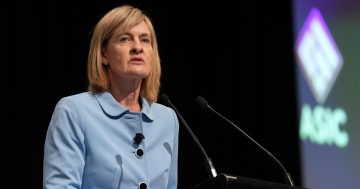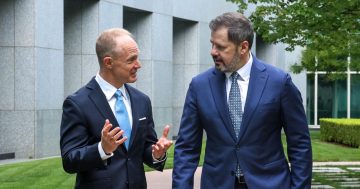Stewart Hawkins* says super funds will need to build their brands while facing a new world of consumer choices.
 Funds are being forced to consider not only their performance but also their consumer brands, social image and ESG credentials as new regulations encourage members to make more active choices about their super.
Funds are being forced to consider not only their performance but also their consumer brands, social image and ESG credentials as new regulations encourage members to make more active choices about their super.
KPMG’s national section leader for asset and wealth management, Linda Elkins, says the Your Future Your Super legislation does puts funds in a “choice world” where they can no longer rely on “seeking funds passively through the default system”.
Elkins says they are going to need to be capable of both acquiring and retaining members outside of that system and part of that strategy will be how they build their brands.
“Now with the stapling method of assigning funds, that will significantly change the way funds attract and retain,” she tells Investment Magazine.
“That’s exactly why we think we’re seeing this trend of large quality funds still thinking that merging is a good idea so they can have the capacity to build brand [and] operating model improvements and product enhancements, particularly in the retirement space.
“The funds need to build all of that capability and it’s not just the brand, it’s also the customer-centric business model which will sit around that.”
Elkins stresses that this trend to form mega-funds does not mean you won’t have some successful small funds.
“Those small funds will be very good at focusing on a particular niche, it might be a niche activity or a niche cohort of members that they serve,” she says.
“Where we do see it as being tougher, if you like, is in the middle.”
An example of how funds must now look to brand awareness lies in the ESG space.
Following a landmark court case (McVeigh v REST) which highlighted the fact fund trustees must now manage climate-related risks as current material financial risks, Elkin says: “We’ve been set a minimum standard since and [it’s] kind of set out what funds need to be doing right now.”
She says that historically ESG branding had been thought to appeal to younger members but she now thinks it’s becoming more prevalent.
“Before it had been siloed… I think it’s becoming an imperative for all aspects of the business model to be properly prosecuted through an ESG lens.”
But the dichotomy for funds is that while they need to be out building brands they will have to spend marketing dollars to do so and spending that money has the potential to come into conflict with strict fiduciary obligations.
“This isn’t about saying trustees will have a problem if their marketing plans don’t deliver exactly as they thought they will, it’s rather… the requirement to properly set targets, to monitor them, to understand why they didn’t go right and to make adjustments for the future.
“It’s really all about good management,” she says.
“I think there would be maybe less focus historically on monitoring the ROI of marketing plans than we will see in the future.
“The financial factors might not have been the number one factor that has been monitored in the past whereas now there’s no doubt that with the financial best interest duty the financial outcomes derived for members is what trustees need to be concerned about.”
She also warns that the current spate of mergers doesn’t come without challenges.
“Growing quickly and very un-organically will put pressure on,” she says.
“They are becoming some of the largest, most important financial institutions in Australia and they’re going to need to ensure they build capability commensurate with that responsibility, they’ll certainly be subject to routine regulatory scrutiny.”
*Stewart Hawkins is a financial journalist, editor and TV producer, for the past two decades he has covered markets and the broader financial industry in both Australia and Asia.
This article first appeared at investmentmagazine.com.au.











